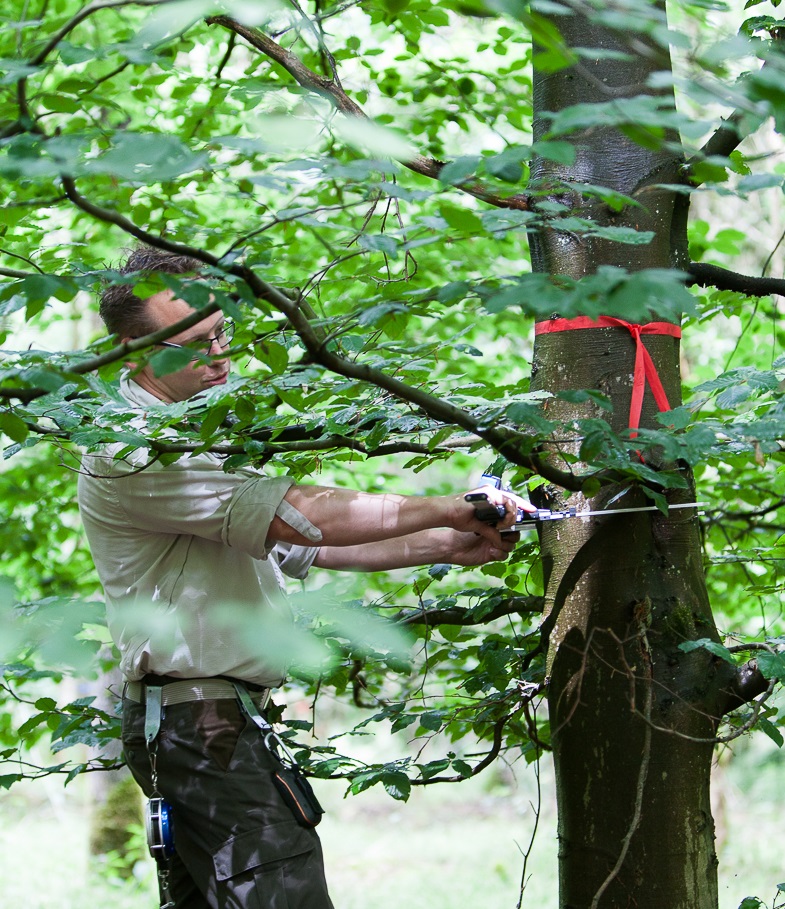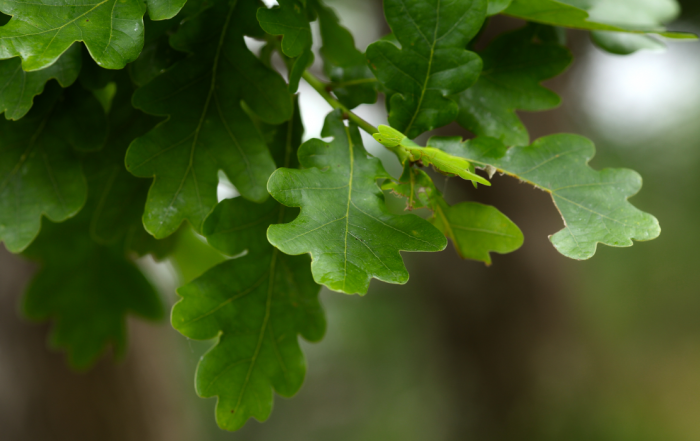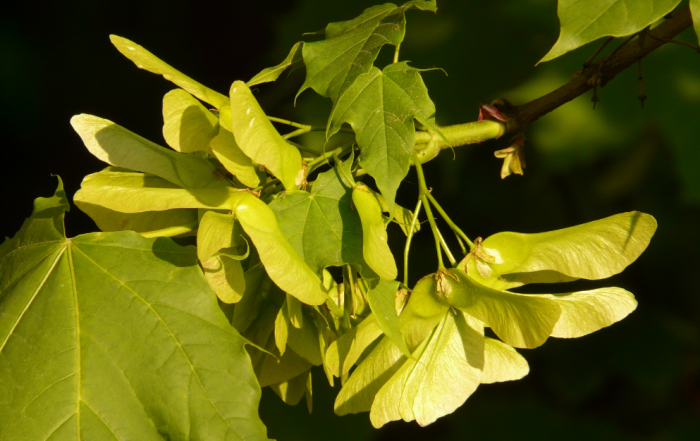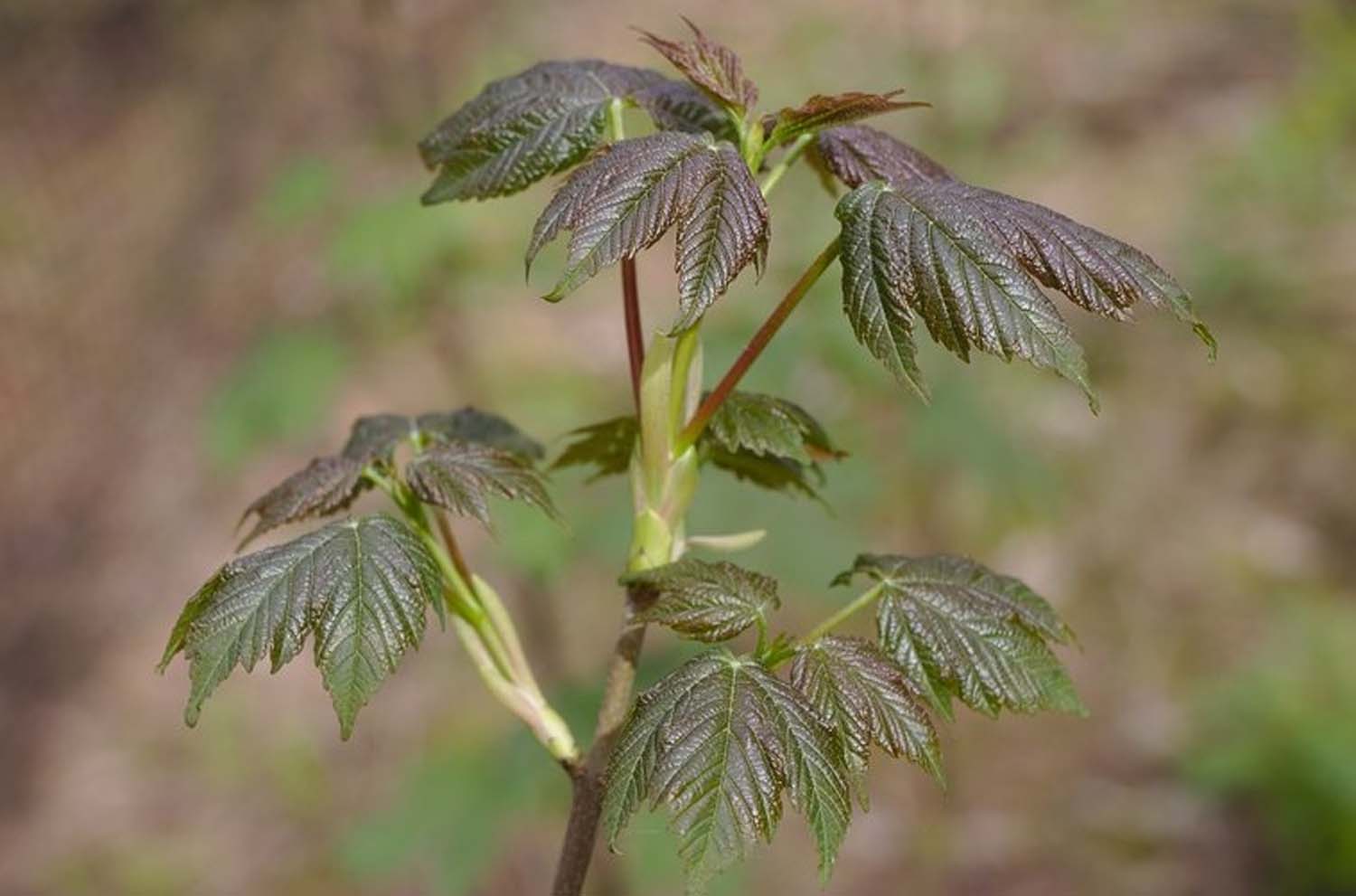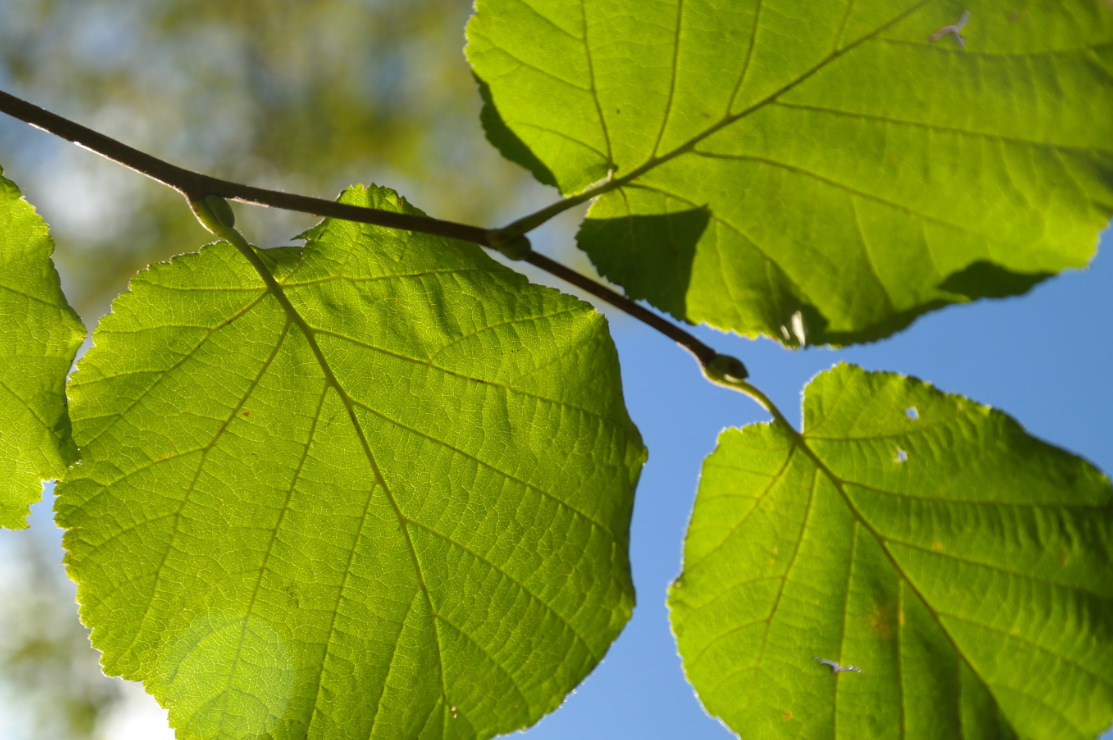LIFE Climate Forest
LIFE Climate Forest shows how climate-smart forest management can increase the resilience of forests on sandy soils, so that the forest can continue to fulfil its crucial role for plants, people, and animals, also in the future.
Website and social media are completed
The project website and socials are ready! After designing the logo, a few [...]
Getting started with LIFE Climate Forest
LIFE Climate Forest takes off! After its approval in the autumn of 2020, [...]
Short movie ready: the project in a nutshell
The short movie shows the essence of LIFE Climate Forest in just a few [...]
LIFE Climate Forest
LIFE Climate Forest shows how climate-smart forest management can increase the resilience of forests on sandy soils, so that the forest can continue to fulfil its crucial role for plants, people, and animals, also in the future.
Website and social media are completed
The project website and socials are ready! After designing the logo, a few [...]
Getting started with LIFE Climate Forest
LIFE Climate Forest takes off! After its approval in the autumn of 2020, [...]
Short movie ready: the project in a nutshell
The short movie shows the essence of LIFE Climate Forest in just a few [...]
About LIFE Climate Forest
Everyone sees and experiences a forest in a different way. So, if we ask what the forest of the future should look like, the answers will undoubtedly differ. Yet, there will probably be this common denominator; that the forest must be strong and healthy. What a small-scale climate-smart forest management can contribute to this, is the central theme of the LIFE Climate Forest project.
The forest of the future
Our forest ecosystems are vulnerable. Especially on sandy soils, where the forests are often still quite young and have little structure and little diversity. Moreover, they must deal with poor, acidic soil and problems caused by drought. As a result, these forests lack the resilience to adapt well and quickly enough to changes. Their vitality and biodiversity are under great pressure from climate change, nitrogen deposition, desiccation, heat, wildlife pressure and insufficient variation in species, age, and forest structure. Therefore, more and more species are struggling. These include Norway spruce and larch, and in some places also oak, beech and Scots pine. That means a dilemma for many forest managers: what can I do, what am I going to do and how do I do it?
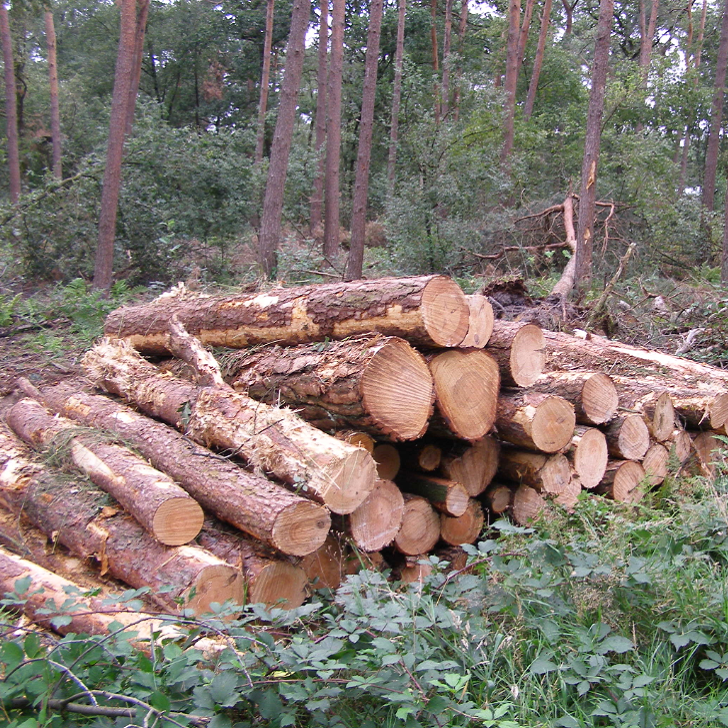
Challenges, dilemmas, opportunities, and management possibilities
LIFE Climate Forest shows that small-scale climate-smart forest management can provide answers to these questions. The project clarifies the challenges, dilemmas, opportunities, and management possibilities.
Although forests will not disappear if you do not change anything, it is expected that their vitality will come under such pressure, that they will be less able to fulfil their important functions in the future. Think of the preservation of biodiversity and their contribution to the quality of our living environment. Filtering our water and the air we breathe. Their contribution to fighting erosion and capturing CO2. Moreover, with their wood, forests provide one of the most sustainable and renewable materials. Therefore, increasing resilience is of great importance in maintaining our forests and the important role they play.
Towards resilient forests
In this adaptive tree-based management, we focus on creating a protective forest microclimate and what is needed to take all the necessary steps towards greater resilience. This requires targeted intervention by the manager and thus the making of important and guiding choices. From selecting and adding species to create more variation in the forest, to choosing specific origins. And from deciding which trees to keep to which ones to remove to make room for new plantings or future trees. Also important are the choices that contribute to a better structure and age structure, a well-functioning and more nutritious soil and successful regeneration.
The essence of LIFE Climate Forest
In this seven-year project, the project partners Staatsbosbeheer and the Bosgroepen are working on all these aspects of climate-smart forest management. Together with forest managers, owners, policy makers and other stakeholders. For example, in demonstration forests and reference forests, and through training sessions, field trips and symposia. Sharing knowledge is one of the most important parts of the project.
This is how LIFE Climate Forest contributes to spreading the word about the opportunities of climate-smart forest management and thus to the development of resilient and vital forests that can continue to provide valuable products and services in the future.




